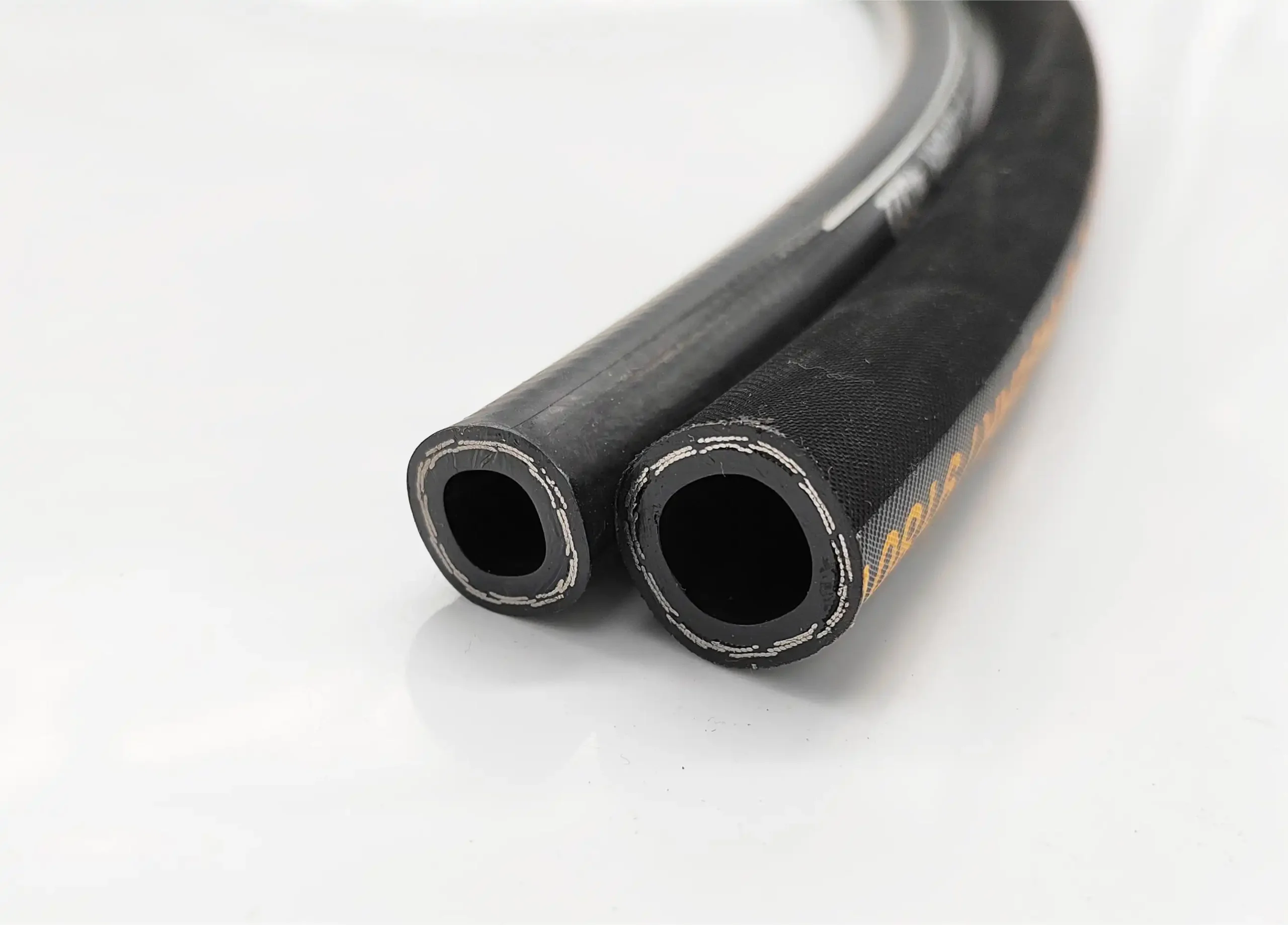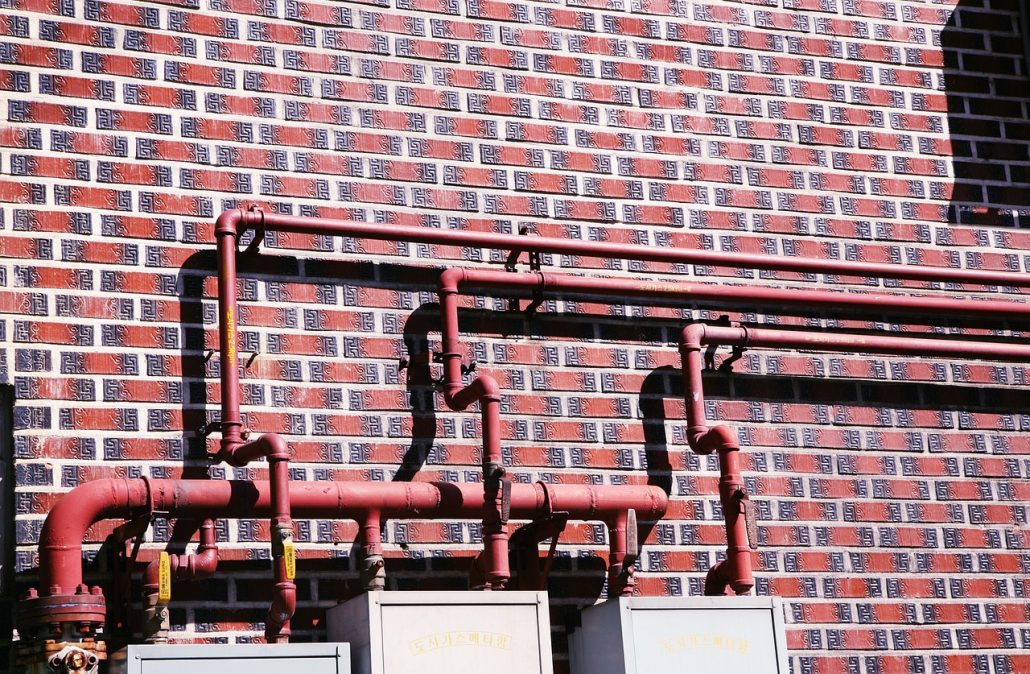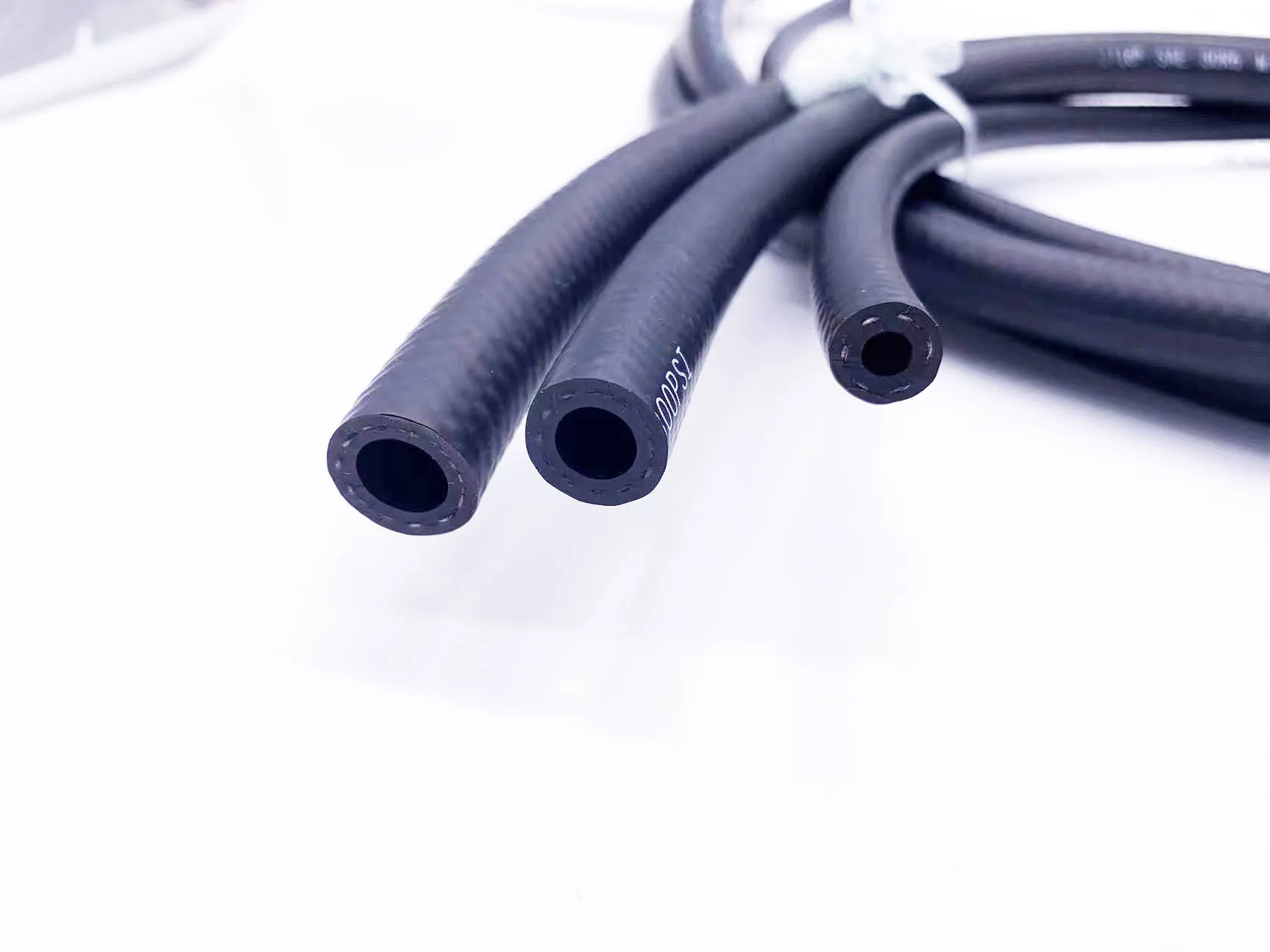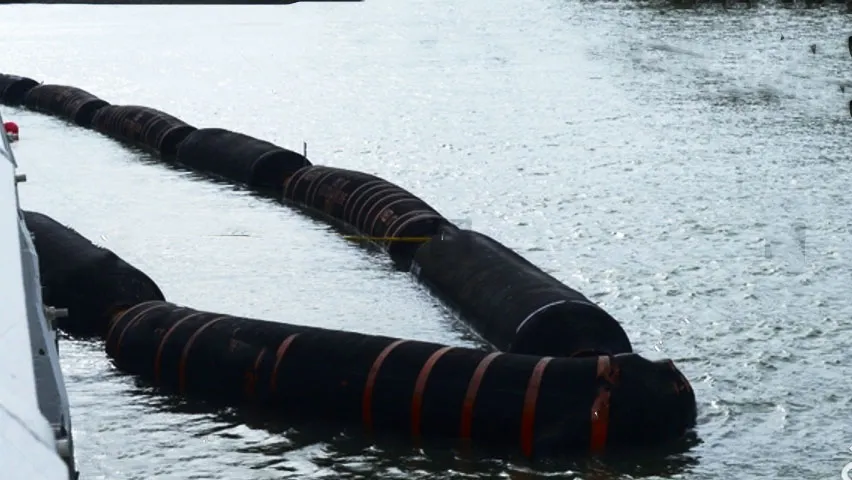You are all constantly using tubes, pipes, or hoses every day. But you may not know which of them is which. You may be searching for the right replacement, but maybe you are confused because you do not have enough information. If I am correct, then you are in the right place. Knowing the difference between tubes, pipes, and hoses will help you find the best option.
Tubes, pipes, and hoses are often cylindrical and can be used to transport liquids or gases. Although they have some similar properties, they are fundamentally different. Each has its strengths and weaknesses in terms of the job they perform. This is what you will learn in this article.
Difference Between Tubes, Pipes and Hoses: Application and Standards
The first point that greatly differentiates tubes, pipes, and hoses is their use. In general, tubes are widely popular for structural applications, while pipes are used in pipeline systems. Hoses, on the other hand, are prevalent for flexible applications. They have unique uses, just as wrenches suit for bolts and screwdrivers suit screws.

Tubes
Tubes are stronger, and most are suitable for providing support. You may find its use in making medical equipment or bicycle frames. People also use them in the construction of buildings. FYI: They do not necessarily have to be cylindrical. Instead, they can be square, rectangular, or any custom shape. Overall, a tube is ideal for applications where you need something that can hold weight.
Regarding the standards when manufacturing, tubes generally come with ISO and ASTM certifications.

Hoses
Hoses are very flexible, unlike tubes. They are widely used to transport fluids at high pressures. You can use them to carry water, oil, or gases from one place to another. In hydraulic systems, you can find the most uses of hoses. However, you might also find its uses in agriculture, auto vehicles, marines, and many other places.
As said, hydraulic hoses are the most common type of hose. They are mainly lightweight and able to endure high-pressure loads. They can easily fit high-pressure systems. Typical uses of hydraulic hoses are lifting, car-breaking systems, heavy machinery, and industrial equipment. Hoses are also widely used to carry abrasion particles like sandblasting abrasive liquids or dredges.
Hoses are mainly made of rubber, thermoplastic, or sometimes metal. However, people mostly use rubber, which is reinforced with other materials. DIN, ISO, and SAE are three of the most common standards used for manufacturing hoses.

Pipes
A pipe is a common item in plumbing systems. It is also often used in residential, commercial, and industrial applications. It mainly transfers fluids and gases. In industrial applications, it is used to carry drinking water or even corrosive chemicals. So, as you can see, pipes can transport anything; hence, they are highly versatile.
Pipes can be made of metal or thermoplastic. The material is chosen professionally based on its intended use. However, they also come in a wide range of sizes and typically follow complex nominal sizing terminology.
Pipes generally follow ASME, B36 10M, and 19M standards. The B36 standard typically defines different manufacturing parameters.
Difference Between Tubes, Pipes and Hoses: Sizing Terminology
Size terms are another thing you need to think about. Because of this, there is a big difference between tubes, pipes, and hoses. Even though it sounds fancy, it’s really very easy. You need to know the size of the hoses, tubes, and pipes you need so they fit and go in the right spot.
Tubes
Tubes are normally measured in three dimensions. When you purchase a tube, it will normally come with OD and WT sizing, which technically gives you the tube’s ID indirectly. Sizes often come in fractions of an inch or millimeter.
On a tube, for instance, it might say, “1 inch OD with 0.065 inch wall thickness.” You need to know these measurements for tasks where strength and accuracy are important.

Hoses
Hoses, on the other hand, have simple sizing terminology. People mainly recognize hoses by their inside diameter or ID. The calculation is simple: The larger the ID, the more fluid they can carry. For example, a 1-inch hose actually has an inner diameter of 1 inch. But keep in mind that some hoses are rated for specific pressure. So, you can consider both sizes and pressure ratings. This factor is especially applicable to hydraulic hoses.
Pipes
Pipe measures are more complex than tube measures. As you know, the tube is measured by outer diameter and wall thickness. However, a pipe is usually measured by wall thickness and nominal diameter.
The nominal pipe size (NPS) and the actual pipe dimensions are not the same. For example, a pipe known as 2-inch does not mean that it measures 2 inches in diameter. It’s the nominal size. It may not be very clear, but it’s a system designed to simplify the ordering process.
Nominal size is actually the general idea of the pipe size. A schedule 40 pipe has a nominal bore of 2 inches NPS and an actual inside diameter of approximately 2.067 inches. On the other hand, the NPS Schedule 80 pipe of 2-inch has a wall thickness greater than that of 2-inch Schedule 40; therefore, the inside diameter is only 1.939 inches. The schedule, in this case, tells you the wall thickness.
Difference Between Tubes, Pipes and Hoses: Materials and Manufacturing Process
Tubes, hoses, and pipes also have many differences in material and manufacturing. Although this topic is technical, it will be informative, especially when choosing between them.
Tubes
Tubes are mainly made of metals and plastics. Metal tubes are a great choice because they are strong and can withstand almost any level of pressure. People prefer using steel and aluminum when it comes to metal. The construction and automotive industry heavily depend on it.
Tubes are usually made through seamless and welded methods. Seamless tubes come through the extrusion process, which also makes plastics and most aluminum tubes. However, seamless stainless-steel tubes are much costlier than welded tubes. Welded tubes have two main steps. The first operation of the process is to bend the metal plates into a cylindrical form. Then, the bent flat pieces are welded to form tubes.

Hoses
The materials used for hoses are mostly rubber or thermoplastic. Because of this, rubber hoses are typically flexible and ideal for outdoor uses. They replace many old-school piping systems. Both rubber and thermoplastic are good at something. Rubber, especially EPDM, can withstand weather and UV. On the other hand, nitrile and neoprene are excellent for avoiding chemicals and oils. Thermoplastic does a great job against high heat.
Extrusion, co-extrusion, and multi-extrusion are common manufacturing processes used in hoses. The exact procedure used will usually depend on the nature of the hoses. For example, the reinforcement in the hoses needs additional extrusion processes. Popular reinforcement combinations are rubber or PTFE with CS, SS, or alloy steel. Sometimes, textile fabrics are also used as reinforcement materials.
Pipes
Pipes and tubes are similar in materials and manufacturing. They are made of metals and plastics. However, concrete is also used to make pipes, which makes a difference when making tubes.
The production process of pipes is casting, welding, or extruding. The correct method generally depends on the size and main purpose.
PVC pipes are prevalent in drainage and watering applications, while steel pipes are ideal for plumbing. Each type of pipe is specially made for its intended application.
Frequently Asked Questions
Is hose a pipe?
Although a hose is not exactly a pipe, they do have some similarities. What makes them different is the flexibility. Hoses are generally more flexible than pipes. You can use hoses for both temporary and permanent applications. However, pipes are only suitable for permanent applications.
Can a pipe be used interchangeably with a hose?
Technically, no, but hoses can replace custom pipeline systems. Typical examples could be the pipeline joints connected to a pump. Rigid pipeline systems can not offer much durability since the pump produces constant vibration. In these scenarios, hoses replace many old-school pipeline systems.
Are tubes more precise than hoses?
Well, yes, tubes are comparatively more accurate than hoses. People prefer tubes for many precision applications, such as medical and car parts. However, hoses mainly focus on flexibility and movement. Tubes also have better dimensional control and closer tolerances than hoses. Because of this, they are more stable than hoses in many applications.
Which is stronger, pipe or tube?
In general, the term tubes is stronger than pipes. They are often comprised of metals and thermoplastics, though metals dominate the use of plastics. People prefer tubes in many structural projects. They must, therefore, be strong enough to bear the structure. As mentioned before, tubes do not only have to be cylindrical but could be of many cross-sectional shapes. Instead, they can be square, rectangular, or any custom shape.
Summary
So, which option is better for your project? It’s all about your project requirements. Tubes are strong and rigid and thus are useful for applications for structures. Hoses are the finest option for versatility and are suitable for fluid transmission. However, pipes are perfect for permanent fixing on the wall or the ground. It is important to consider that high-pressure hoses are ideal for the hydraulic system.
